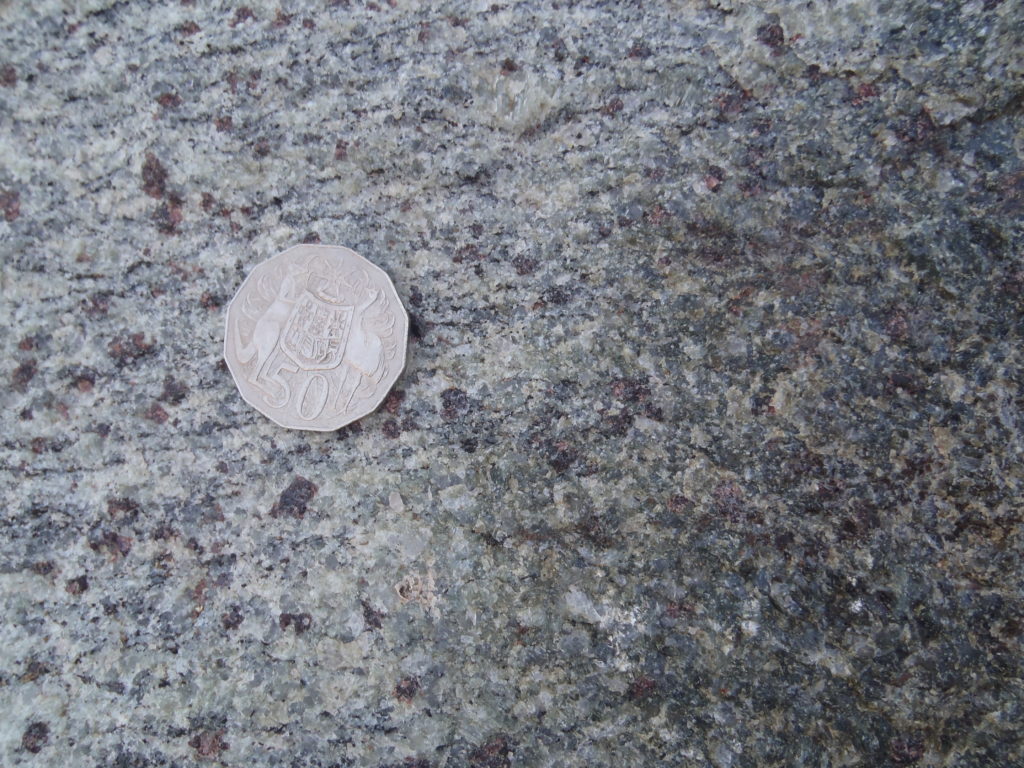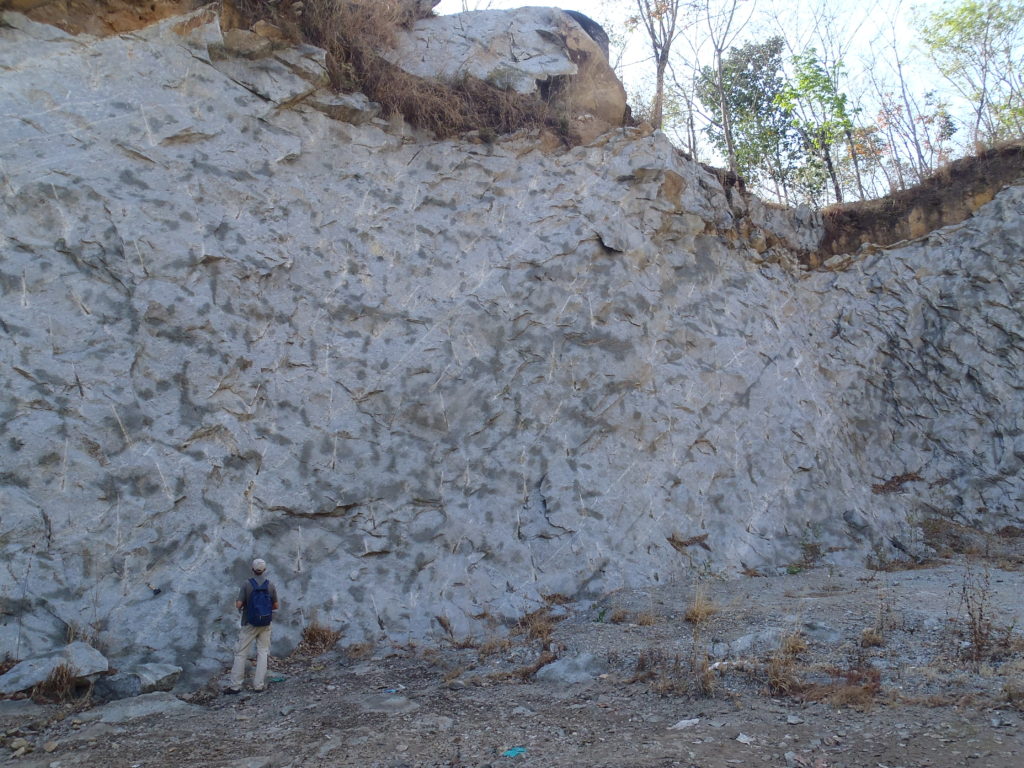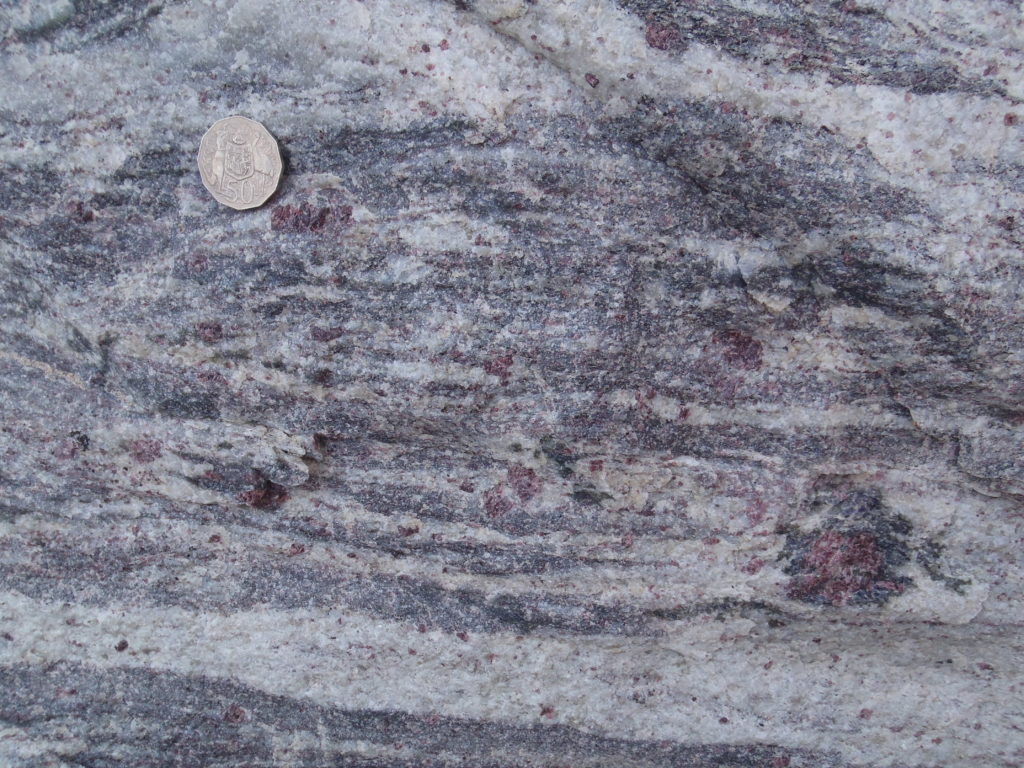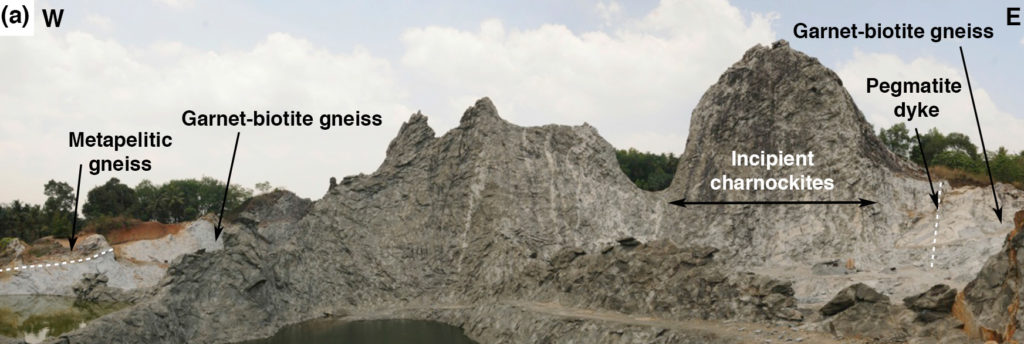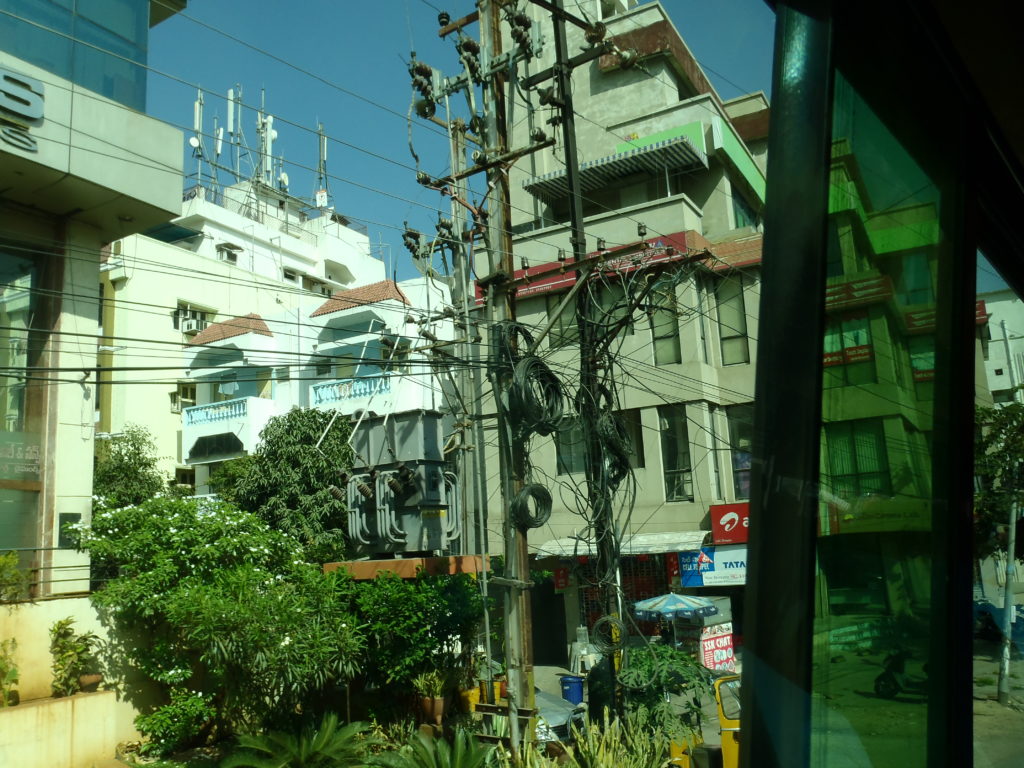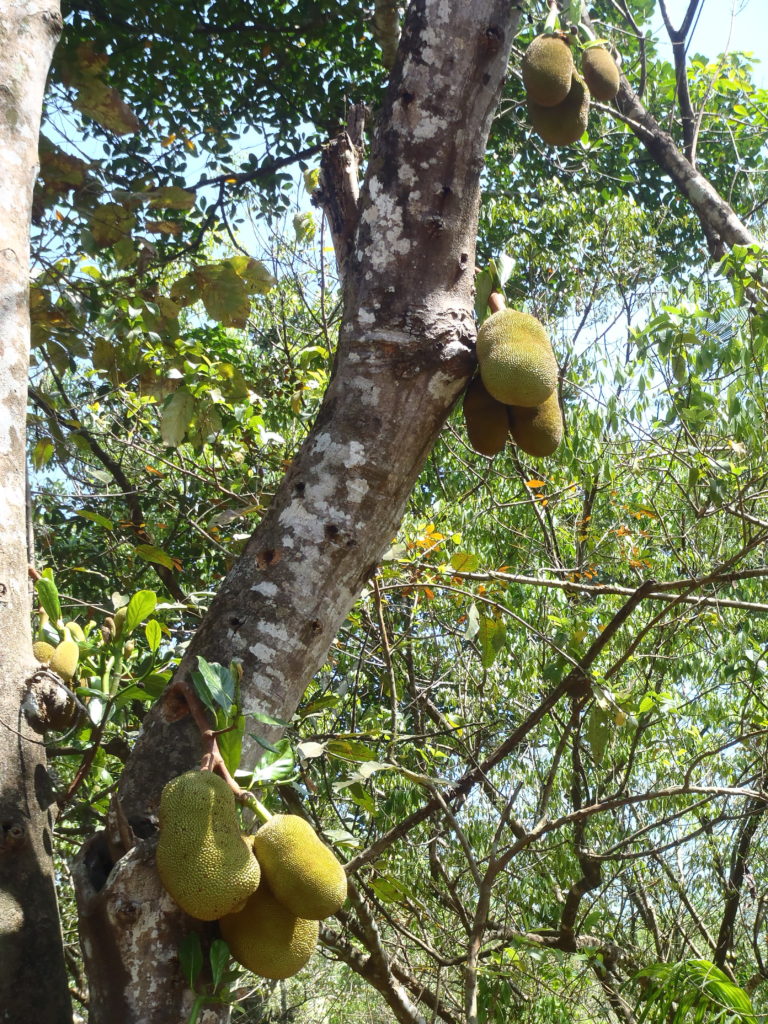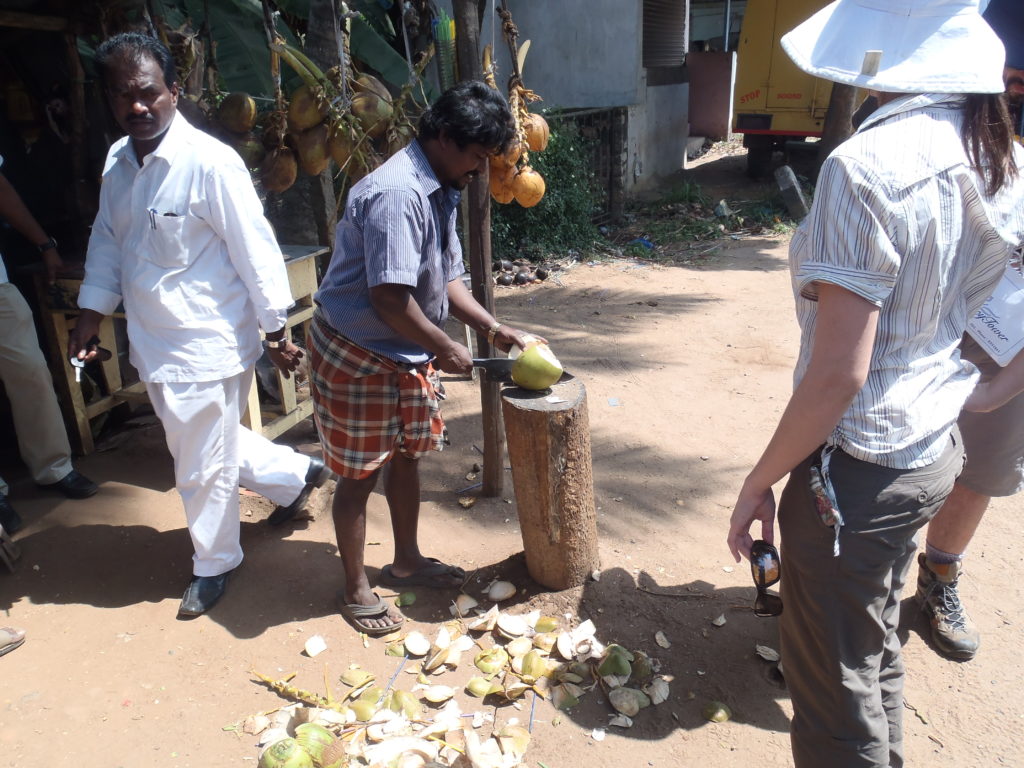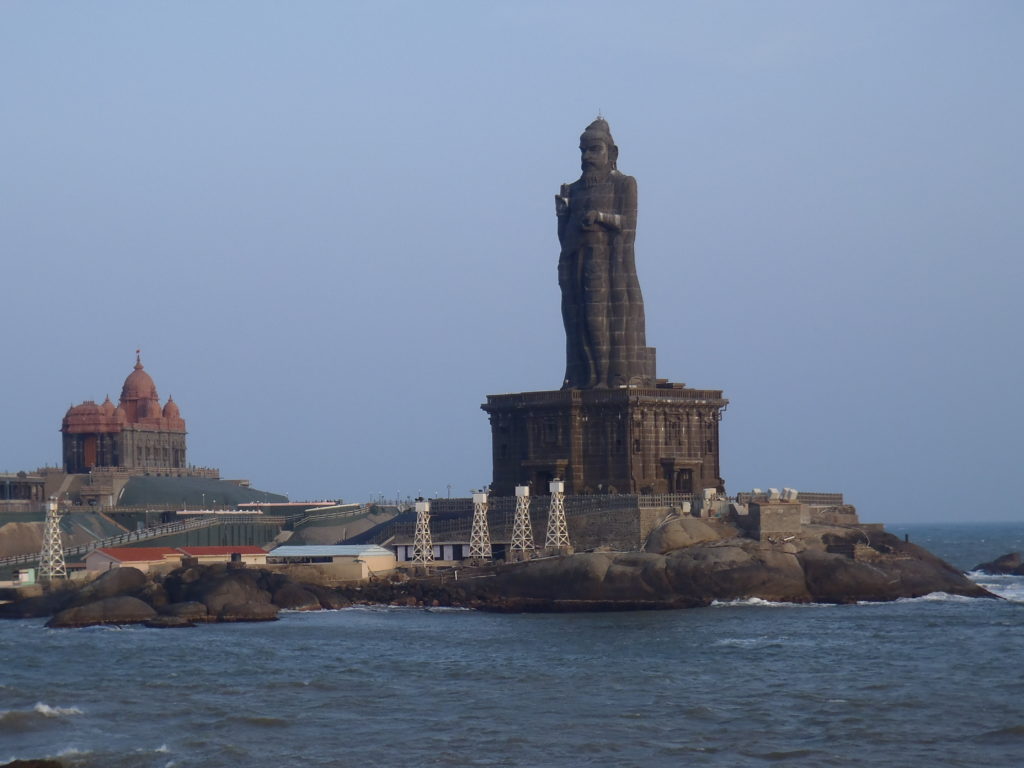Eleanore Blereau is nearing the end of her PhD at Curtin University, Australia (expected completion early 2017). Eleanore likes to work on metamorphic rocks, especially interesting and challenging rocks with minerals such as sapphirine and osumilite. She has experience using multidisciplinary data to evaluate the P–T–t evolution of high-grade metamorphic rocks (petrography, SIMS U–Pb, LA-ICP-MS REE, THERMOCALC) from places such as southwest Norway and southern India. Eleanore and co-authors recently published a paper in the Journal of Metamorphic Geology on their research in Southern India. You can read more about her research here.
In early 2013 just before I started my honours research project I had the opportunity to attend Granulites and Granulites 2013 in India as well as the post conference field trip to the Southern Granulite Terrane (SGT), giving me the chance to get up close and see what I’d be working on, incipient charnockites. Little did I know what I would be getting myself into, with the method of formation of these rocks being the subject of debate for over for 100 years.
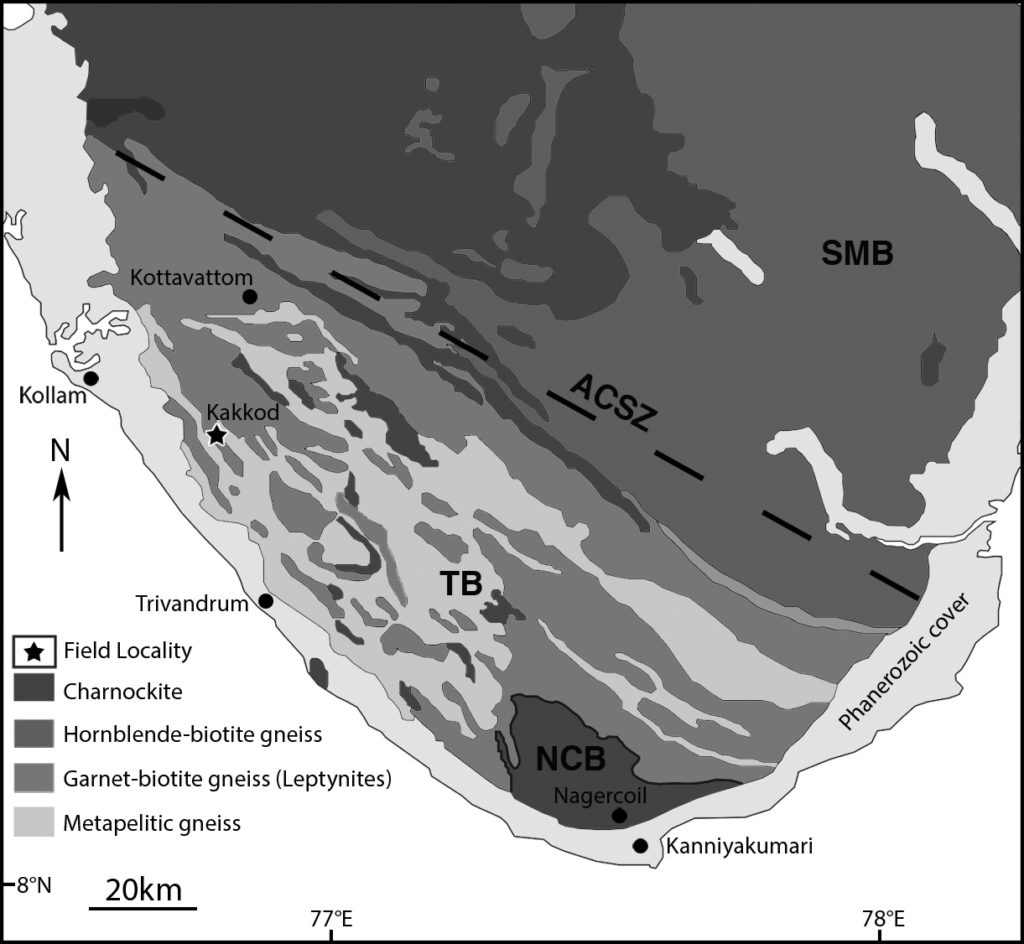
Map of the Southern Granulite Terrane with field locations marked (Figure 1. of Blereau et al., 2016)
The Trivandrum Block within the SGT is well known for its spectacular outcrops of incipient charnockites, the patchy appearance of green orthopyroxene patches within an orthopyroxene-free garnet-biotite gneiss. I was also lucky enough to see some amazing metapelites with vibrant blue cordierite layers and some calc-silicates with wollastonite as we travelled around.
The field trip took us to Kottavattom, a key incipient charnockite locality renowned for its structurally orientated incipient charnockites. Charnockite patches vary from ~10 cm to ~2 m in size roughly aligned with a set of conjugate fractures with the patches showing a distinctive green colour compared to the host pale gneiss. Upon crossing from gneiss to charnockite the modality of garnet decreases with the complete removal of biotite.
The field locality of my honours project, a quarry called Kakkod, is located southwest of Kottavattom, and was previously unstudied. The unique feature of Kakkod is the presence of a third rock type that is lacking from Kottavattom, a metapelitic sample that allowed for better estimation of the P–T conditions. My honours project (as well as some further work during my PhD) centred around evaluating the P–T–t conditions of incipient charnockite formation by combining petrography, phase equilibria modelling (THERMOCALC), SIMS U-Pb geochronology and LA-ICP-MS REE analysis. The results of the project suggest that the orthopyroxene could have grown during peak metamorphism, with all three rock types sharing a common area of peak P–T stability.
Southern India was a very different place to other countries I had visited before, with haphazard electricity wiring, dense jungle and lots of little roadside stalls where you could get a fresh coconut or try one of the three different varieties of bananas (red, yellow and even edible green ones!). The field trip ended with a visit to Kanyakumari, the southern most tip of India, a sacred place to the Indian people with many seeing the ocean for the first time here. Off the coast stands a giant statue built out of massive charnockite with many people braving the high swells to stand beneath it.
![]() This work is licensed under a Creative Commons Attribution-NonCommercial-ShareAlike 4.0 International License.
This work is licensed under a Creative Commons Attribution-NonCommercial-ShareAlike 4.0 International License.

